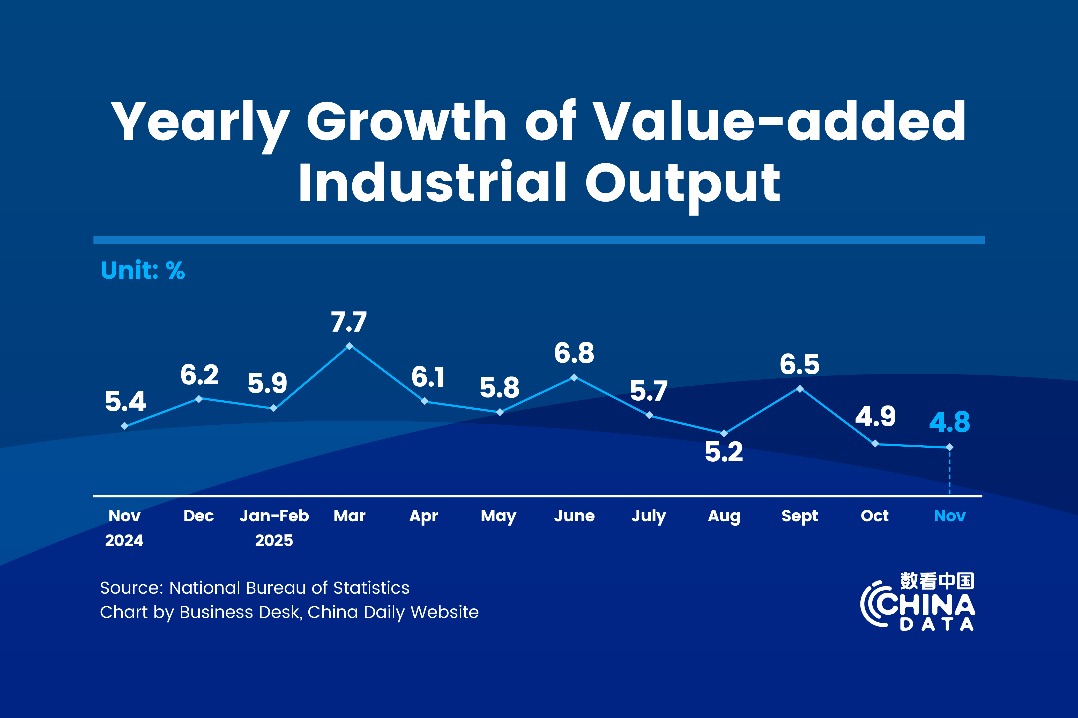Global use of RMB growing steadily


The Chinese currency renminbi accounted for 7 percent of all foreign exchange trades so far this year, reporting the biggest expansion in currency market share and becoming the fifth most traded currency, up from the eighth place in 2019, according to the 2022 Triennial Central Bank Survey released by the Bank for International Settlements, or BIS, on Thursday.
The findings were based on statistics that the BIS collected in April 2022. The latest data showed that the renminbi is now next to the US dollar, euro, Japanese yen and pound sterling in terms of foreign exchange trades. The daily settlements completed by the renminbi came in at $526 billion in April, up 85 percent from that in 2019, according to the survey.
The BIS findings coincided with the latest data provided by the global bank-to-bank messaging system, the Society for Worldwide Interbank Financial Telecommunication. SWIFT said that the renminbi accounted for 2.44 percent of global payments in September, up from 2.31 percent from a month earlier.
The Chinese currency thus retained its position as the fifth most active currency for global payments measured by value, a position it secured in August.
Despite the short-term volatility, the trend of a stronger renminbi in the long run will not be changed, China Banking and Insurance Regulatory Commission said on Friday.
Zhou Maohua, an analyst at China Everbright Bank, said the renminbi's rise in global payments and settlements is related to China's strong exports and the increasing appeal of yuan-denominated assets to foreign investors.
Xiao Lisheng, a researcher with the Institute of World Economics and Politics at the Chinese Academy of Social Sciences, said that the renminbi has been more frequently used in some parts of the world due to the sanctions imposed by the US at a time of geopolitical tensions. The use of the renminbi will surge rapidly in these areas if sanctions continue for a longer time.
In general, foreign exchange trading rose to $7.5 trillion per day in April this year, according to the BIS. The US dollar took up 88 percent of all foreign exchange trades in April, securing its dominant position that has not changed for a decade.
But it should be noted that China's digital yuan, or e-CNY, has taken the center stage in the world's cross-border central bank digital currency or CBDC trial, the BIS said.
Twenty banks in the Hong Kong Special Administrative Region, Thailand, the Chinese mainland and the United Arab Emirates took part in a six-week test that ended in late September. They used CBDCs to settle cross-border trades. Of the 164 payment and foreign exchange transactions totaling over $22 million, the e-CNY was the most issued and actively transacted, showing the efforts to internationalize the yuan may be paying off amid rising geopolitical tensions, the BIS said.
Zhang Ming, deputy head of the National Institution for Finance & Development, said e-CNY has provided new trajectories for the renminbi's internationalization. Once the use of e-CNY is extended to deposits and loans, overseas investors can obtain related assets denominated in e-CNY, apart from traditional yuan-denominated assets.
To further facilitate the renminbi's internationalization, China should deepen bilateral cooperation in terms of local currency settlements with economies in Eastern Europe and those that are members of the Association of Southeast Asian Nations, said Cheng Shi, chief economist at ICBC International. In this way, the renminbi's function in payments, settlements and as a reserve will be further enhanced in these markets, he said.
Meanwhile, continued efforts should be made to complete the offshore renminbi supply mechanism to ensure liquidity and enrich product supply, Cheng said.
The BIS is an international financial institution owned by 65 central banks that fosters international monetary and financial cooperation and serves as a bank for central banks and monetary authorities.




































